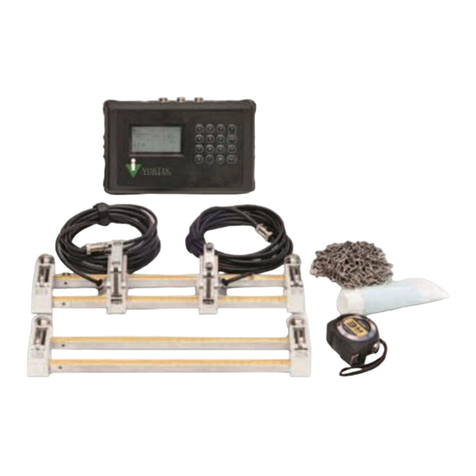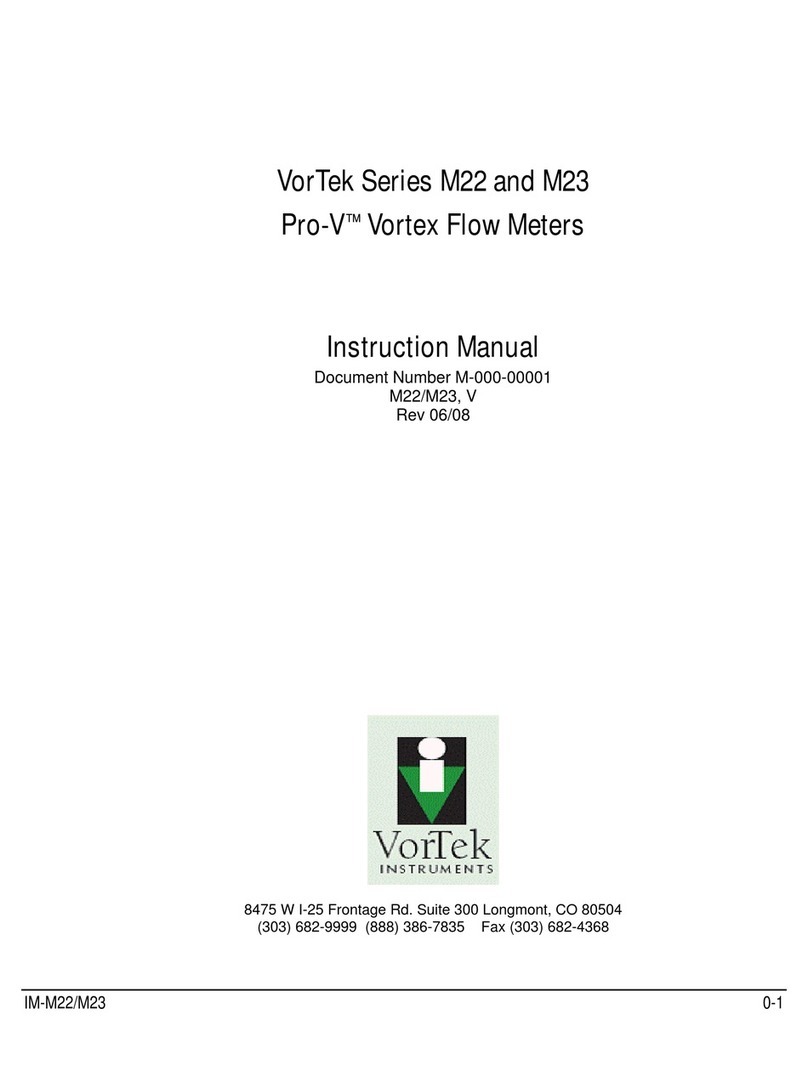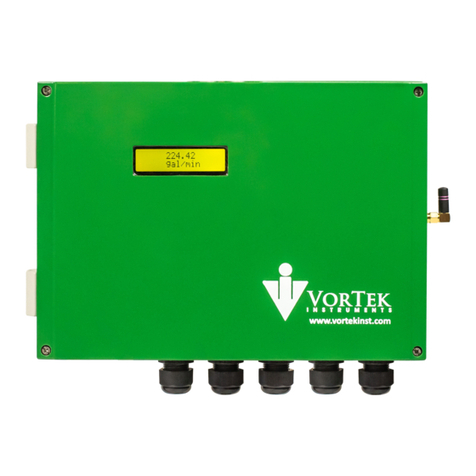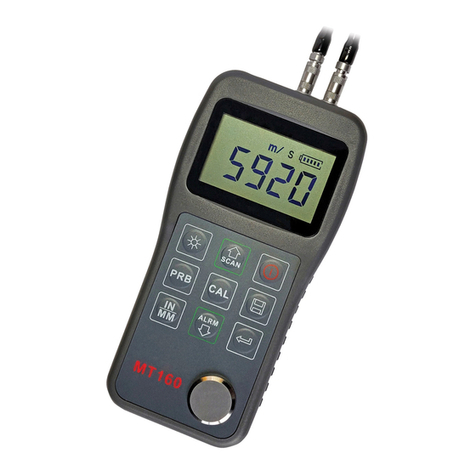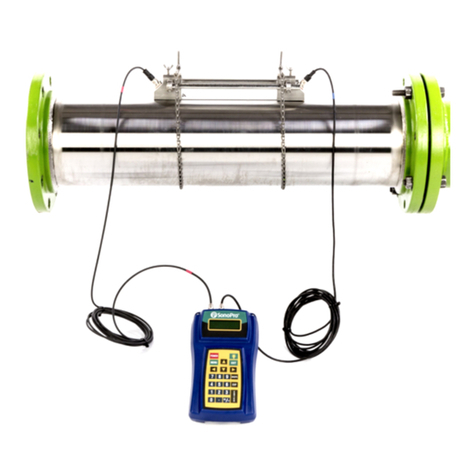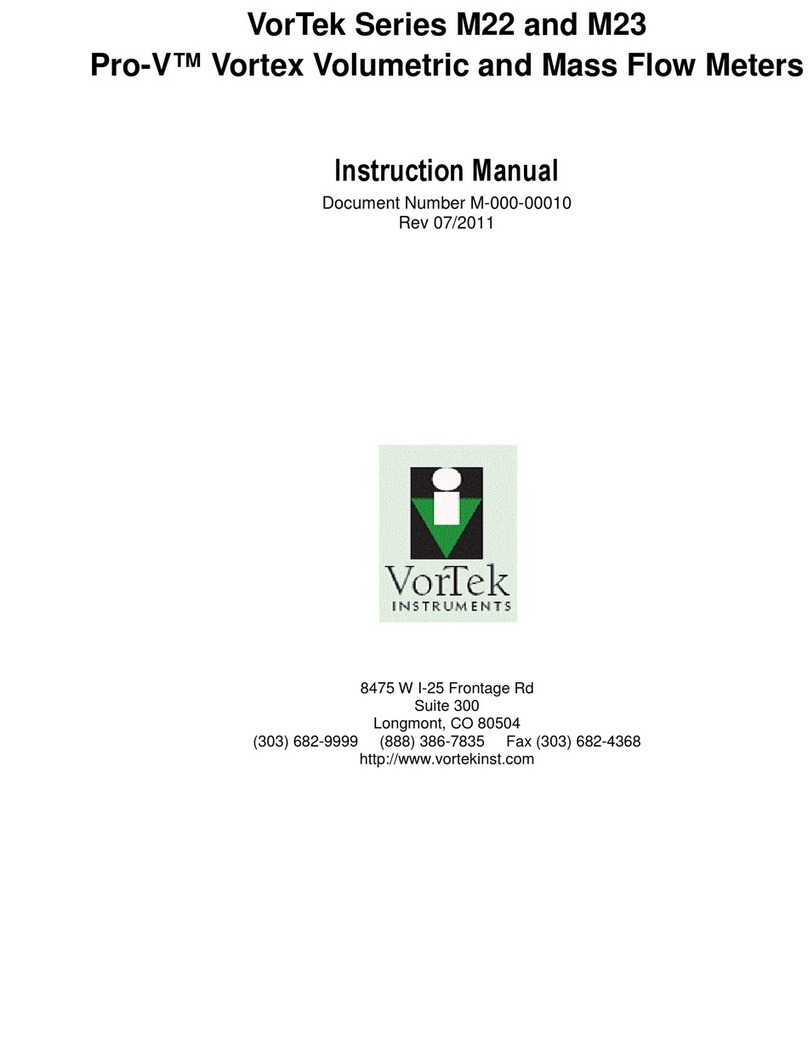Series M22/M23/M24 Instruction Manual Table of Contents
M-000-00010 0-5
4-20 mA Output Connections ..................................................... 2-29
Frequency Output Connections................................................... 2-30
Pulse Output Connections ........................................................... 2-31
Alarm Output Connections.......................................................... 2-33
Remote Electronics Wiring ......................................................... 2-34
Optional Input Electronics Wiring .............................................. 2-35
Optional Energy EMS RTD Input Wiring .................................. 2-35
Optional External 4-20 mA Input Wiring ................................... 2-36
Optional Contact Closure Input Wiring ...................................... 2-37
Chapter 3 Operating Instructions
Flow Meter Display/Keypad................................................................ 3-1
Start Up................................................................................................ 3-2
Run Mode Screens............................................................................... 3-3
Using the Setup Menus........................................................................ 3-4
Programming the Flow Meter ....................................................... 3-5
Output Menu ................................................................................. 3-6
Display Menu ................................................................................ 3-8
Alarms Menu................................................................................. 3-9
Totalizer #1 Menu ....................................................................... 3-10
Totalizer #2 Menu ....................................................................... 3-11
Energy Menu....................................................................... 3-12
Fluid Menu .................................................................................. 3-13
Units Menu.................................................................................. 3-14
Time and Date Menu................................................................... 3-15
Diagnostics Menu........................................................................ 3-16
Calibration Menu......................................................................... 3-17
Password Menu ........................................................................... 3-18
Chapter 4 Serial Communications
HART Communications ...................................................................... 4-1
Wiring ........................................................................................... 4-1
HART Commands with the DD Menu.......................................... 4-3
HART Commands with Generic DD Menu .................................. 4-8
MODBUS Communications ................................................................ 4-9
Wiring ........................................................................................... 4-9
Menu Items.................................................................................. 4-10
Register Definitions..................................................................... 4-12
BACnet MSTP Communications....................................................... 4-19
BACnet MSTP Description......................................................... 4-19
Baud Rates on the MS/TP Bus .................................................... 4-19
Supported BACnet Objects ......................................................... 4-20
ANNEX - BACnet Protocol Implementation Conformance
Statement..................................................................................... 4-26
Acronyms and Definitions .......................................................... 4-32
Chapter 5 Troubleshooting and Repair
Hidden Diagnostics Menus.................................................................. 5-1
Level One Hidden Diagnostics Values ......................................... 5-3












